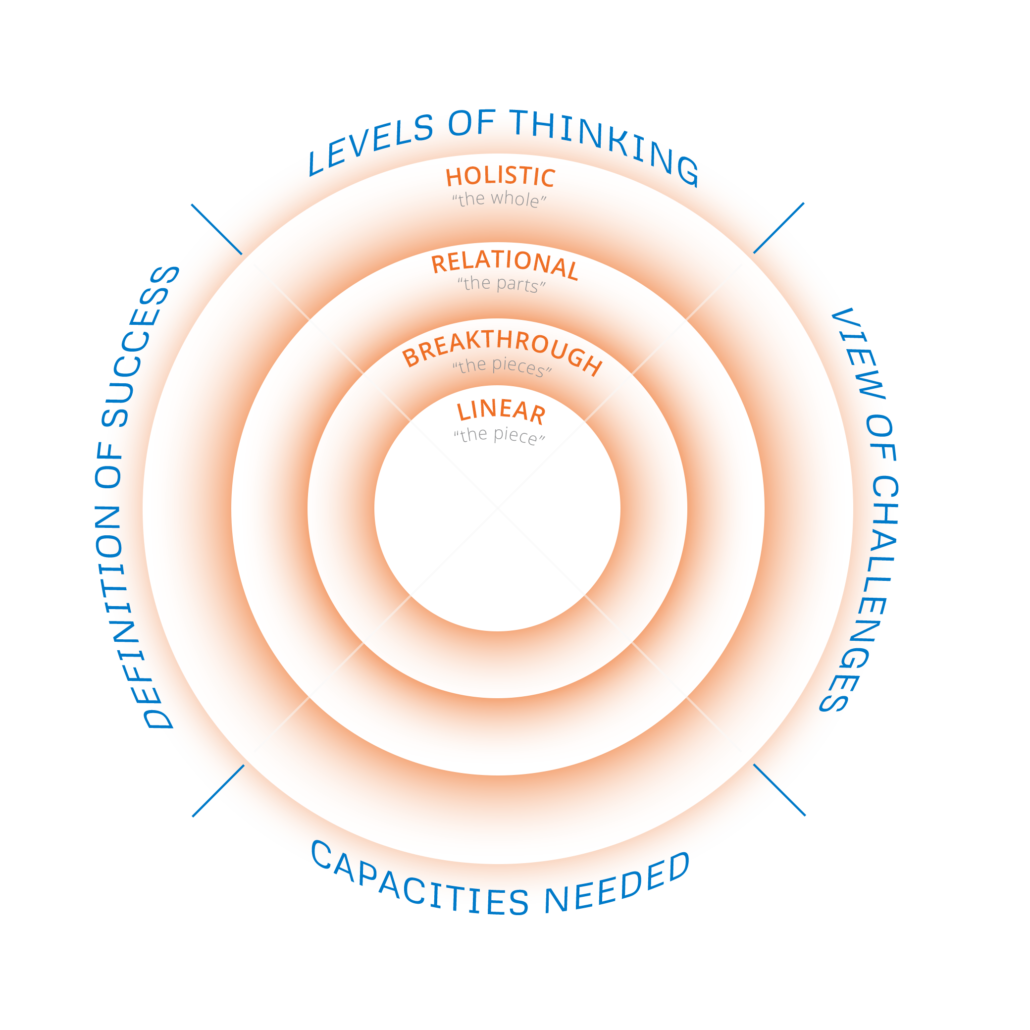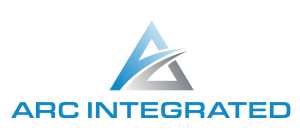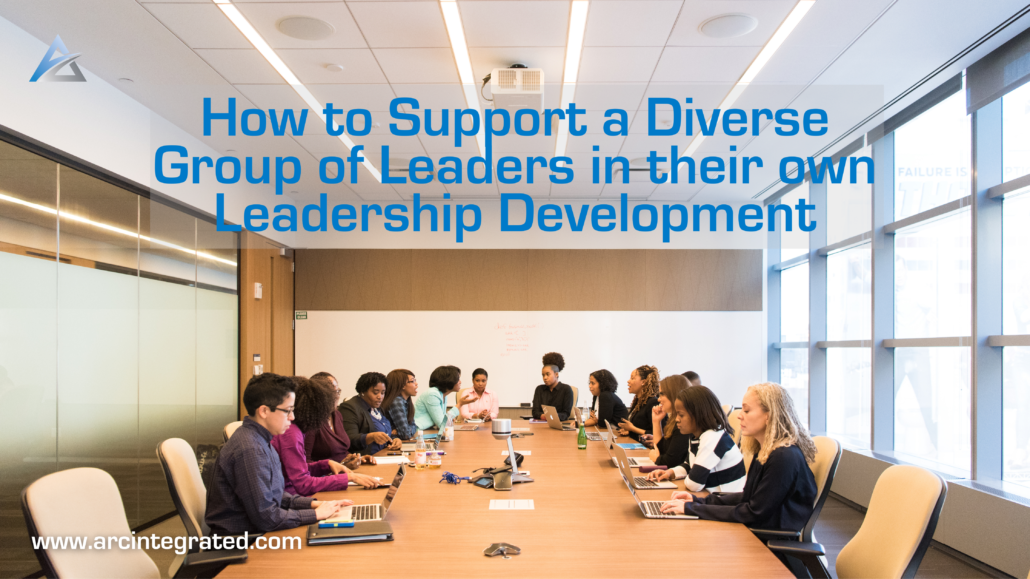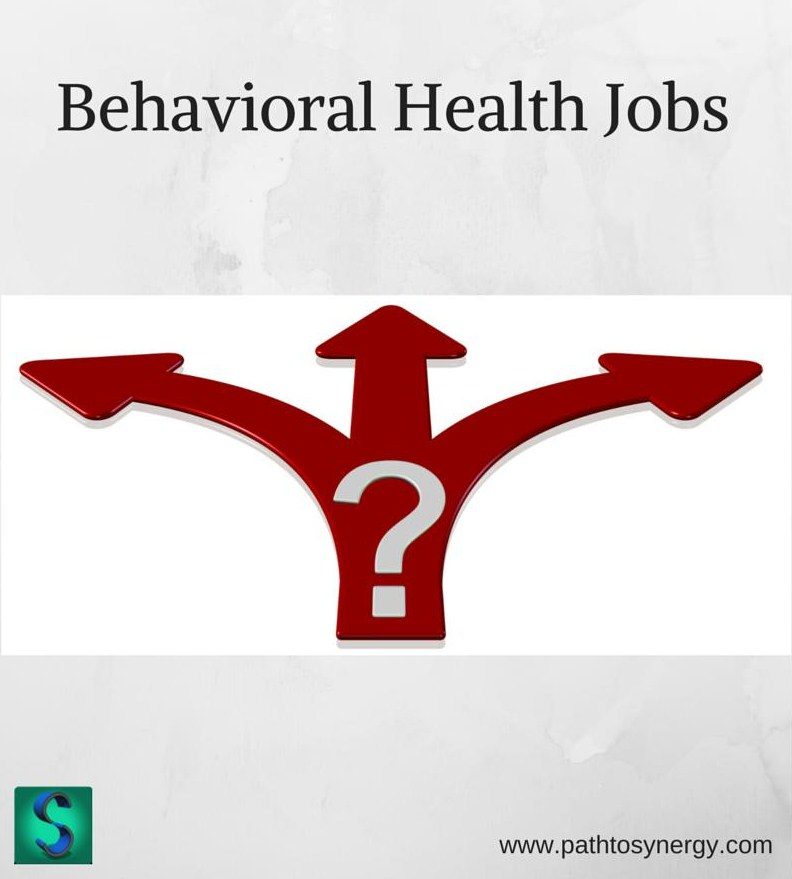Strategic Thinking: A Key to Strategic Success

By Terry L. Poling
What is Strategic Thinking and Why Is It Important?
Strategic Thinking is both a choice and a capacity. When we decide to apply our mental faculties to issues that will move our organizations into important, but unknown territories with desired long-term benefits and potential risks, we are choosing to think strategically. However, our overall capacity to think strategically depends on our ability to use the appropriate level of awareness required to address the true nature and scope of the challenges we face at the time. For example, smaller, simpler problems require perspectives that are less comprehensive and coherent than larger, more complex challenges. Unfortunately, rather than expand our awareness, we often “shrink” our issues. We develop misguided plans designed to “divide and conquer” our smaller, bite-size chunks of understanding. Later, disappointed and confused, we wonder why our “strategies” don’t work.
We have discovered that Strategic Thinking requires four levels of consciousness or awareness. We have also found that the four levels are sequential and hierarchical. You can’t skip levels. Individuals and groups must master each level in order to advance and sustain their awareness at the next. For example, tolerating ambiguity is a prerequisite to creativity at higher levels. Consequently, Strategic Thinking is evolutionary and best understood as a developmental journey from “Linear” to “Breakthrough” to “Relational” to “Holistic” levels of awareness.
Strategic Thinking requires all four levels of awareness. And, it is important that groups choose to use the level most relevant and appropriate for their given situation.

What is Linear Awareness?
Linear Awareness is the most basic, focused, and immediate level of consciousness. It is also the most prevalent. As best illustrated by our own palm pilots and day planners, we view our lives and the circumstances of our lives as a series of events and issues. Success is defined in terms of maintaining or regaining stability and predictability in the midst of busyness. When leaders operate only at this level, they treat strategic planning as an exercise in problem-solving. Problems are isolated, causes are analyzed and solutions are implemented accordingly. Conversations among leaders operating at this level of awareness tend to be transactional in nature, with emphasis on data and information exchange. Answers tend to be more important than questions since the intent is to solve the problem at hand. There is a premium placed on subject matter expertise.
The good news is that Linear Awareness is often sufficient for addressing the many everyday issues of most organizations. Without this basic level of consciousness, organizations would be, for the most part, incompetent and unable to serve their many stakeholders day-to-day.
Unfortunately, comfort and success at this level often seduce leaders to see all organizational issues, including major strategic ones, as problems to be fixed. They come to believe that they can analyze their way out of most anything. And, given enough resources or force, their solutions will work … eventually. Failure to develop beyond Linear Awareness prevents leaders from seeing the larger context and underlying dynamics affecting their organization’s direction and performance. Even more problematic, they neglect to see the impact of their own thinking and actions on the larger organization and its future performance. While necessary, Linear Awareness is not sufficient for handling the magnitude and complexity of the strategic challenges that most organizations confront today. To advance, leaders must confront the difficulties and opportunities they’ll discover at Breakthrough, the second level of awareness.
“For every problem there is one solution which is simple, neat and wrong.” – H. L. Mencken
What is Breakthrough Awareness?
Breakthrough Awareness is not only a level of consciousness but is also a threshold to broader and deeper levels of awareness. It is a transitional phase that is initially both confusing and frustrating for most of us – another big reason why we often don’t move beyond the safety of Linear Awareness.
As individuals and teams gain experience, they learn that their capacity to solve problems and control events in a methodical manner is limited. Their linear approach is no longer adequate for explaining causes or finding solutions. Without a map or formula that works, multiple and diverse perspectives begin to emerge regarding the organization’s real challenges. They discover both complexity and conflict. Their circumstances appear chaotic and confusing. Conversations become difficult and more confrontational. Fear and cynicism often set in at a time when truth-telling, diversity of perspectives, and tolerating ambiguity are required. It is for these reasons that teams frequently break down, rather than Breakthrough.
Breakthrough Awareness is finally achieved when individuals and teams choose to surrender their own sense of certainty, acknowledge their own unknowing, confront their own fears, and seek possibilities that lie beyond their current understanding. Questions, as a means to learning and discovery, become more important than solutions. Consequently, a new perspective develops where newer options and alternatives are visible and valued for the first time. In achieving Breakthrough Awareness, individuals appreciate the need for multiple viewpoints and the value of engaging others to address the real magnitude and complexity of the challenges they face.
As the universe demonstrates in so many ways, chaos generally precedes creativity. And so it is with our own consciousness – the messiness of Breakthrough Awareness is necessary to understand and leverage the relationships that emerge at the next level of consciousness which is Relational Awareness.
“A person’s mind, once stretched by a new idea, never regains its original dimensions.” – Oliver Wendell Holmes
What is Relational Awareness?
Relational Awareness enables us to see forms rather than fragments among the many ideas and points of view that emerged during Breakthrough. We no longer see discrete pieces scattered beyond recognition or comprehension as we did before. We see, instead, parts that are connected in some way. Chaos gives way to trends and patterns.
Leaders interacting at this level of awareness begin to see the linkages and relationships among the many options and alternatives generated previously. They start to “connect the dots.” With a commitment to bring new meaning to the strategic challenges of the organization, their ideas, opinions, and points of view give way to new possibilities critical to strategic success.
By transcending mental boundaries, Relational Awareness also enables leaders to see the benefits of collaborating in new ways. The prior differentiators of role, position, and rank are recognized as artificial barriers to learning and progress. Conversations among leaders at this level of awareness are more interpersonal and engaging. Differences and fear give way to shared intentions and common aspirations.
The interdependencies of ideas, concepts, and people created at this level of awareness are like the prepared ingredients of a fine recipe. While assembled and arranged for cooking, they are less than their final form. It is with Holistic Awareness, the fourth and highest level of consciousness, that leaders create and experience the one true “taste” of Strategic Thinking – where relationships and interdependencies reveal unity and wholeness.
“One hand always washes the other.” – Ancient Roman
What is Holistic Awareness?
Holistic Awareness is the most comprehensive, integrated, and coherent level of Strategic Thinking to be achieved. It is also the least common and fleeting of all levels. From here, we are able to include, yet transcend the other three levels of awareness. We see and understand the wholeness of our lives – including future scenarios –that are not accessible to us at lower levels of awareness. We not only gain awareness of the context in which we find ourselves but understand the ways in which we might redefine or shift our circumstances entirely. At this level of consciousness, we become both the author, as well as the character, of our own life stories.
Holistic Awareness, although rare, enables leaders to reconcile opposites and transcend paradox. Risk is no longer the opposite of opportunity, but one and the same. “Either/or” thinking gives way to “both/and” thinking where synergy and innovation are possible for the first time. For example, quality and production are no longer contradictory but are one with success. Leaders see the “big picture” that exists beyond the sum of its component parts and discover those scenarios and strategies most relevant to long-term success in the marketplace.
Conversations among leaders operating at a Holistic level of awareness are transformational. Participants look beyond the parts to gain a broader and more inclusive view of what is on their horizon. And, in doing so together, new opportunities and strategies surface in their collective awareness. For example, not long ago the leaders of former British Petroleum discovered a new future for their organization – “Beyond Petroleum” – and have since transformed BP’s mission and presence within the global marketplace. Would anything less than Holistic Awareness have allowed them to see and actualize this future for themselves and their stakeholders?
With Holistic Awareness, individuals and teams are self-empowered to renew and recreate themselves, their organizations and the larger context to which they belong.
“Whoever can’t see the whole in every part plays at blind man’s bluff. A wise man tastes the entire Tigris in every sip.” – Ghalib
Terry Poling is committed to helping leaders achieve greater wisdom, effectiveness, integrity and fulfillment for themselves, their organizations, and the world-at-large. He has 30+ years’ experience as an organization consultant, executive coach, expert facilitator and business owner. Terry has led large-scale, enterprise-wide, transformational change initiatives across diverse industries, such as automotive, healthcare, financial services, pharma and telecommunications. He has delivered services in the US, Canada, Mexico, Germany, Italy, Ethiopia and South Africa.
Terry is the founder of The Poling Group, an Advisory Board Member for University of NC Asheville and a 2018 inductee to the North Carolina Society of Human Resource Management Society Hall of Fame. He holds advanced degrees in Organizational Communication from Miami University, Counseling Psychology and Organizational Studies from Boston College and a certification in Coaching & Counseling from University of Michigan.
If you found this article helpful and want to learn more about the topic, you can reach out to Terry and connect with him here.
Resources:
- Create Lasting, Positive Change With Arc Integrated’s Strategy & Training Service
- 5 Important Communication Strategies for Leaders
- How to Find Out Your Style of Leadership




